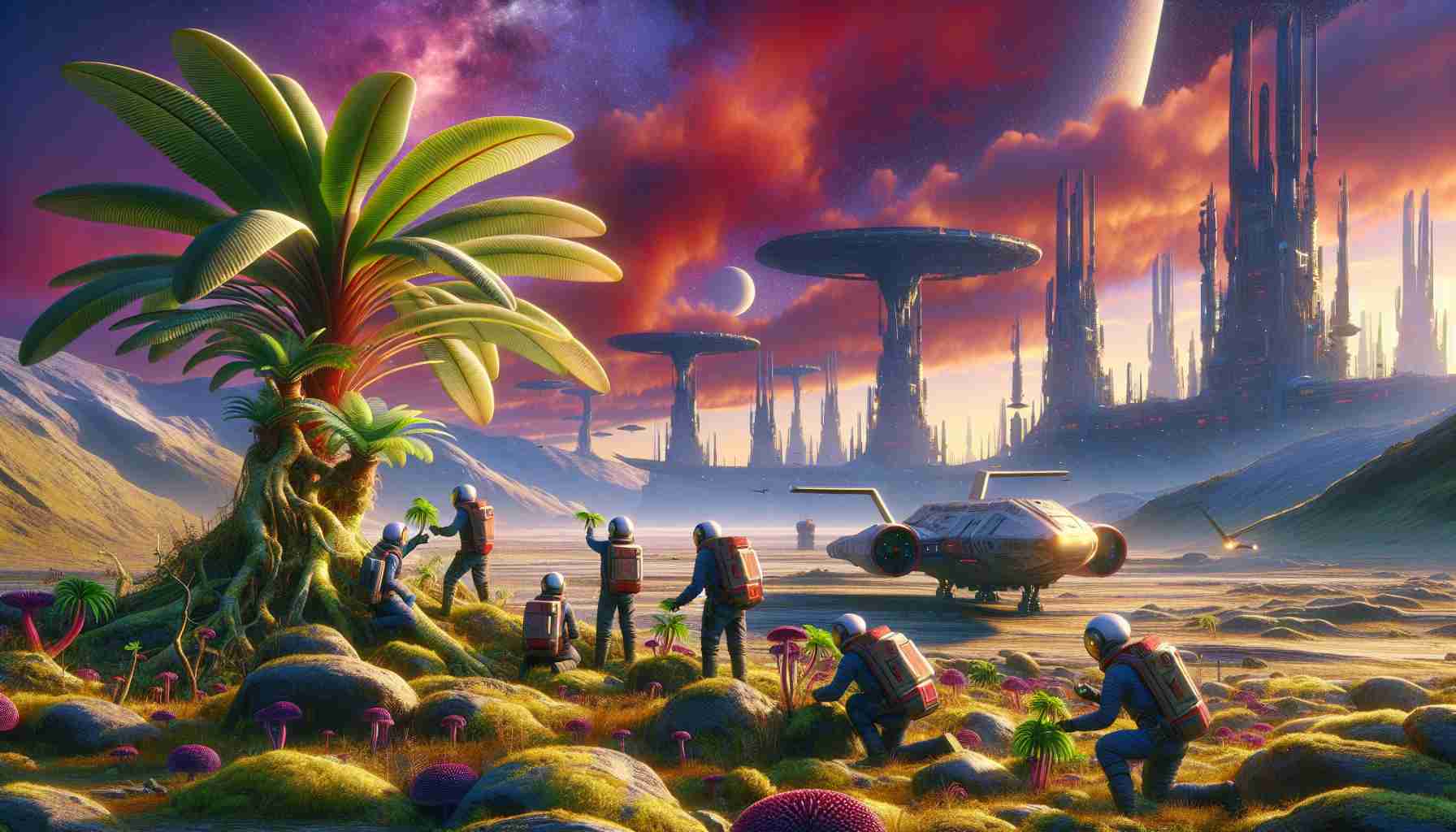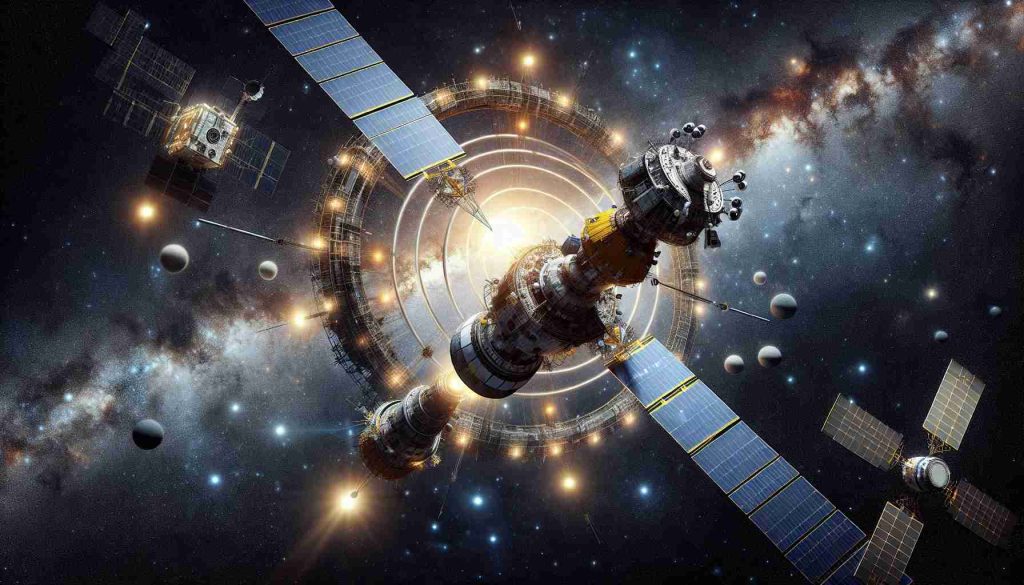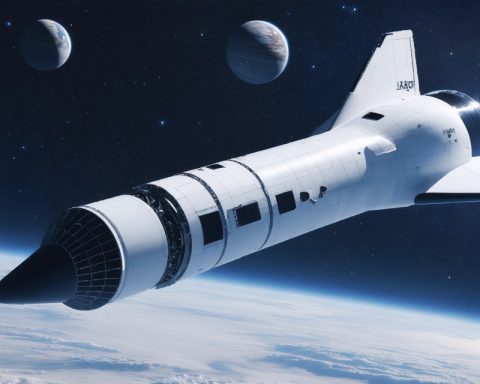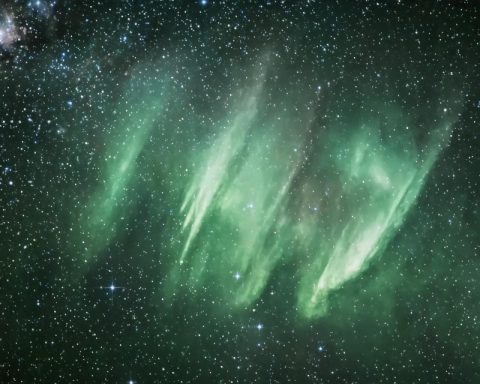Unraveling the Mystery of Exoplanets
With more than 5,500 exoplanets confirmed, our understanding of the universe continues to expand. These distant worlds showcase a remarkable variety, many of which differ drastically from the planets found within our own Solar System.
One of the biggest challenges researchers face when studying these alien planets is their dense atmospheric clouds. These thick layers obscure vital information, complicating the analysis of their atmospheric composition and other physical characteristics. As scientists strive to learn more about these exoplanets, advanced technologies and innovative techniques are being developed to peer through the cloud cover.
Astrobiologists are particularly intrigued by the implications of these findings. The unique environments of these exoplanets may offer clues about their potential to support life, as well as reveal more about the formation of planetary systems across the galaxy.
Continued exploration and research will be essential in lifting the veil on these cosmic mysteries. With each new discovery, we inch closer to understanding the diverse worlds that populate our universe, transforming our perspective on what defines a planet and its ability to harbor life.
As technology enhances our observational capabilities, the hope is that we will soon uncover the true nature of these enigmatic worlds and their atmospheres. The quest to unlock the secrets of exoplanets continues, promising to reshape our understanding of the cosmos.
Broader Implications of Exoplanet Exploration
As the exploration of exoplanets progresses, its implications extend far beyond the confines of astronomy and into society, culture, and economics. Understanding these alien worlds could revolutionize our approach to planetary science, shaping scientific disciplines from astrobiology to environmental studies. Knowledge of different planetary atmospheres may also yield insights into climate patterns and their evolution, potentially influencing how we address climate change on Earth.
Culturally, the search for life beyond our planet ignites the human imagination, prompting philosophical debates about our place in the universe. The concept of extraterrestrial life not only fascinates creative minds but also drives a renewed interest in science among the younger generation, fostering a culture of inquiry and exploration.
From an economic standpoint, the burgeoning field of exoplanet research could spur growth in technology sectors, particularly those focused on artificial intelligence and data analysis, which are critical for interpreting complex atmospheric models. Furthermore, nations investing in space innovation may find themselves at the forefront of a new race—one that prioritizes scientific leadership in exoplanetary studies.
Looking ahead, advancements in space telescopes and detection methods may lead to a surge in discoveries. As we unravel the mysteries of these distant worlds, the long-term significance of this research could redefine humanity’s trajectory in the cosmos, influencing everything from international collaboration to space colonization strategies.
Exploring Exoplanets: What You Need to Know About the Latest Discoveries
The Fascinating World of Exoplanets
With over 5,500 confirmed exoplanets, modern astronomy is continuously revealing the vast diversity of worlds beyond our Solar System. Exoplanets, or planets that orbit stars outside our Sun, come in various types, from gas giants similar to Jupiter to rocky planets akin to Earth. Scientists are increasingly focusing on these celestial bodies to understand not only their physical and chemical properties but also their potential to host life.
Cutting-Edge Detection Techniques
One of the primary challenges in exoplanet research is the presence of dense atmospheric clouds. These clouds can obscure vital signals, making it difficult to ascertain the chemical composition and potential habitability of these planets. Recent advancements in technology, such as the use of the James Webb Space Telescope (JWST), allow scientists to analyze the atmospheres of these distant worlds in unprecedented detail. Innovative spectroscopic techniques can now detect the presence of key molecules like water vapor and carbon dioxide, which are crucial in evaluating exoplanets for support of life.
Astrobiology and the Search for Life
Astrobiologists are especially interested in the unique conditions that each exoplanet presents. For example, findings from the observation of the exoplanet TRAPPIST-1e suggest that its conditions might be suitable for liquid water, an essential ingredient for life as we know it. The implications of such discoveries could inform our understanding of life’s origins and evolution on Earth and beyond.
Pros and Cons of Exploring Exoplanets
Pros:
– Enhances Understanding of the Universe: Studying exoplanets can shed light on planetary formation and evolution across various star systems.
– Potential for Discovering Life: Identifying habitable zones increases the chances of uncovering extraterrestrial life.
Cons:
– Technological Limitations: Despite advancements, detecting and studying exoplanets remains a complex challenge due to distance and atmospheric interference.
– High Costs: Launching and maintaining sophisticated telescopes and missions require substantial financial investment.
Future Trends in Exoplanet Research
The field of exoplanet research is witnessing several emerging trends, such as:
1. Artificial Intelligence (AI): AI algorithms are being employed to process and analyze large datasets, improving the accuracy of finding and characterizing exoplanets.
2. Collaboration Across Disciplines: Astronomers, chemists, and biologists are joining forces to develop a holistic perspective on what constitutes a habitable world.
3. Increased Public Engagement: Initiatives to involve the public in citizen science projects are becoming popular, allowing more people to contribute to planetary discovery processes.
Limitations and Challenges
Despite remarkable progress, several limitations persist in the study of exoplanets:
– Distance: Many exoplanets are located hundreds of light-years away, which complicates observation.
– Resource Allocation: Funding and technological resources can be unevenly distributed, impacting research opportunities.
Conclusion
The continual exploration of exoplanets offers exciting possibilities for understanding the universe and potential life beyond our Earth. As technology advances and new techniques are developed, scientists remain hopeful that further breakthroughs will unlock the secrets of these distant worlds and transform our comprehension of planetary systems.
For more fascinating insights into the universe and space exploration, visit NASA for the latest updates and discoveries in the field of astronomy.


















